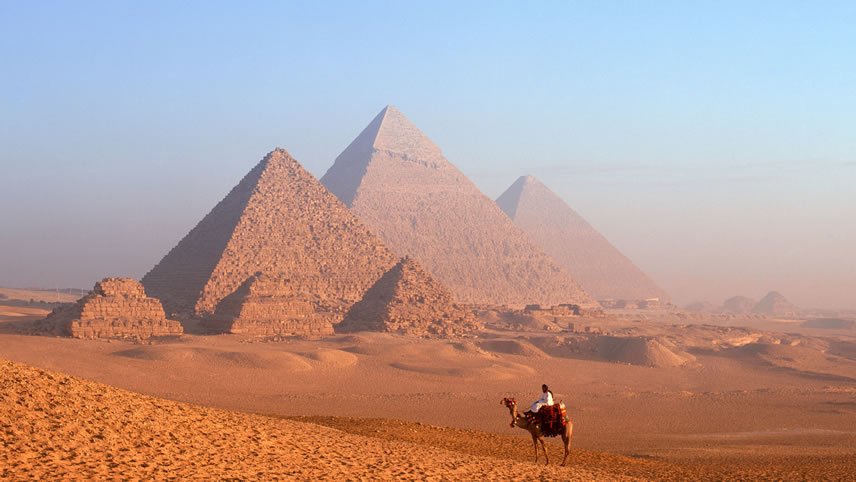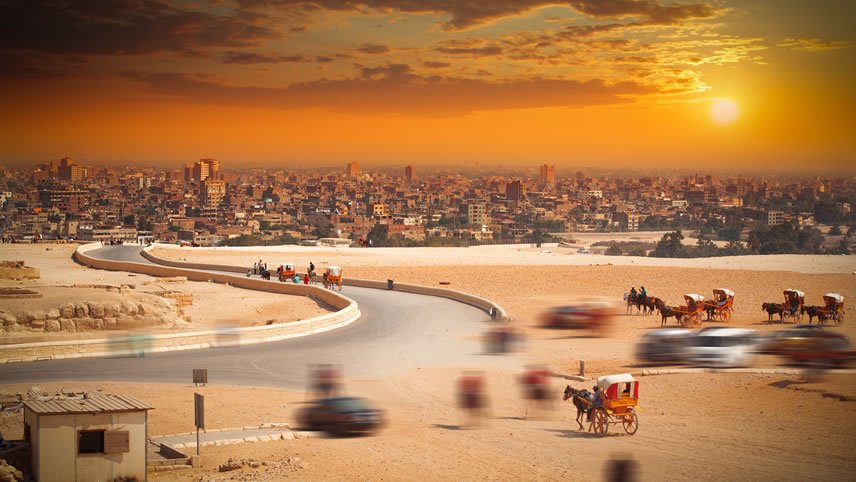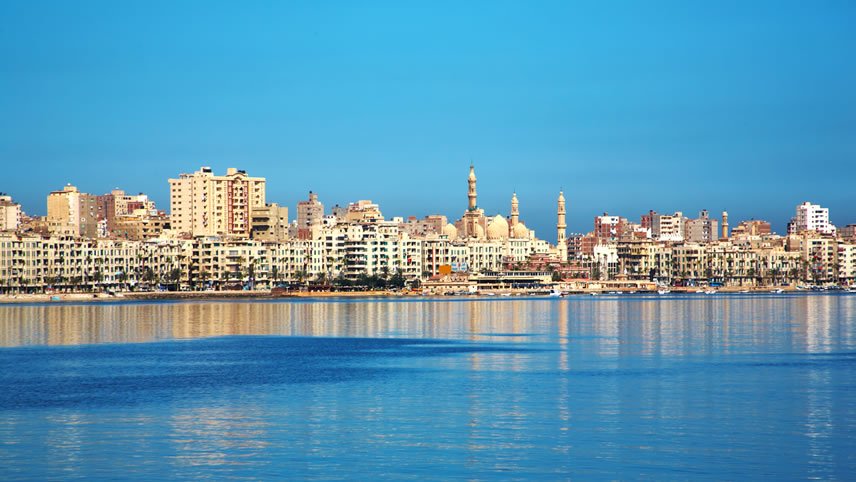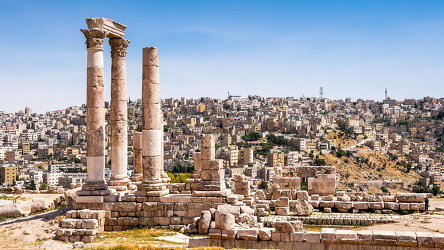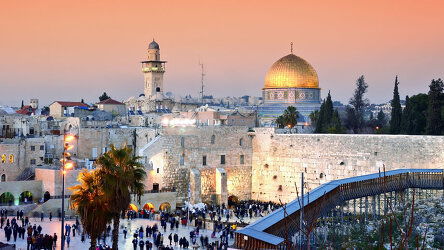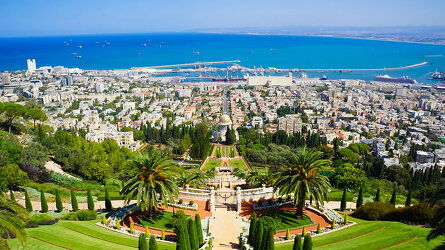Overview
Itinerary
Welcome to Cairo. At 6 pm, meet your Tour Director and travelling companions for a welcome dinner at your hotel. (D)
Secrets of the Sphinx
CAIRO: Guided sightseeing includes the Egyptian Museum.
GIZA: Take pictures of the Sphinx and of the Great Pyramids. (B)
TOUR HIGHLIGHT - HISTORY & MYSTERY: Get up close and personal with The Pyramids of Giza - one of the World's Seven Wonders. Ponder the enigmatic secrets of the Sphinx and the Great Pyramid of Giza. Marvel at the massive monument of Cheops, the most colossal pyramid ever built. with an original height of 151 metres (496 feet).
The Mediterranean Pearl
WADI EL NATRUN: Visit a Coptic Monastery before returning to Cairo.
ALEXANDRIA: Free time to explore the city at your own pace. (B) 137 mi / 220 km
LOCAL FAVOURITE - CULTURE & TRADITIONS: In Arabic, Wadi El Natrum means 'Valley of Nitrates,' due to the presence of eight different lakes containing nitrates in the surrounding area. In Coptic, the region is also known as Shi-Hyt, which can be translated as 'balance of the heart' or 'measure of hearts.' The monasteries of Wadi el-Natrun are the source of indispensable data for the study of the Coptic heritage, and especially for Coptic literature, art, and architecture.
Feel like royality in the Montazah gardens
ALEXANDRIA: Guided sightseeing includes the Catacombs of Kom El Shoqafa, Pompey's Pillar, the Bibliotheca Alexandrina, that commemorates the ancient Library of Alexandria, and the 15th-century Qaitbay Citadel. Visit the Montazah Garden. (B)
TOUR HIGHLIGHT - HISTORY & CULTURE: Originally founded by Alexander the Great, Alexandria was once one of the wealthiest cities in the world and the Montazah Palace gardens are a true testimony of this wealth. designed to be a place of relaxation and recreation for the Khedive and his guests are filled with flowers, trees and shrubs.
A DriveThrough the Red Land
Drive through the El Beheira desert.
CAIRO: Farewell dinner at your hotel. (B/D) 155 mi / 250 km
TOUR HIGHLIGHT - NATURAL WONDER: In ancient times, the Egyptians called the desert the "red land", distinguishing it from the flood plain around the Nile River, called the "black land". These colours reflect the fact that the desert sands have a reddish hue and the land around the Nile turned black when the annual flood waters receded. Over thousands of years, the Nile River evolved into its present shape, surrounded by the Eastern and Western deserts.
Safe Travels until we meet again!
Your holiday ends with breakfast this morning. (B)
Trip Inclusions
- 5 Breakfasts
- 2 Dinners
- Cairo Hyatt Regency Cairo West (Deluxe)
- Alexandria Hilton Alexandria Corniche (Superior First-Class)
- Cairo Sonesta Tower & Casino (Superior First-Class)
- Airport transfers at your arrival and departure destination are not included in the price of the tour.
- Itinerary and inclusions subject to change.
- Price is for land, cruise and specified internal flights. International flights not included.

Don't waste your precious time qeuing up, skip the lines with special VIP access at the must-see sites. Read more

Travel with expert Tour Directors and Local Guides who share their vast knowledge of the destination. Read more

Globus has the recipe for a great holiday. Savour the flavours of Europe through its regional cuisine. Read more
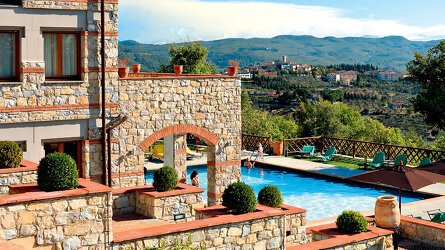
Globus picks hotels picked on their centralised location, so you'll stay right in the heart of the destination. Read more

Globus' coaches offer one of the most comfortable, stress-free and eco-friendly ways to travel. Read more

Do as the locals do and enjoy unique experiences that you wouldn't find touring on your own. Read more
Brochure

Globus Worldwide (2023-24)
Availability
A definite departure means minimum numbers have been reached for this departure to operate. Your Global Journeys Travel Advisor will check the availability of your departure date when you enquire. Additional savings may apply. We guarantee the lowest price in Australia. T&C’s apply.
Tour & cruises prices are per person. Prices shown have savings applied, are subject to availability and may be withdrawn at any time without notice. Pricing and trip details are correct at this point in time, however are subject to confirmation at the time of booking and are subject to change by Globus. For cruise itineraries, cabin images are sourced from Globus. These should be treated as indicative only. Cabin inclusions, upholsteries and room layout may differ to the image(s) shown depending on the ship selected and your sailing dates.
